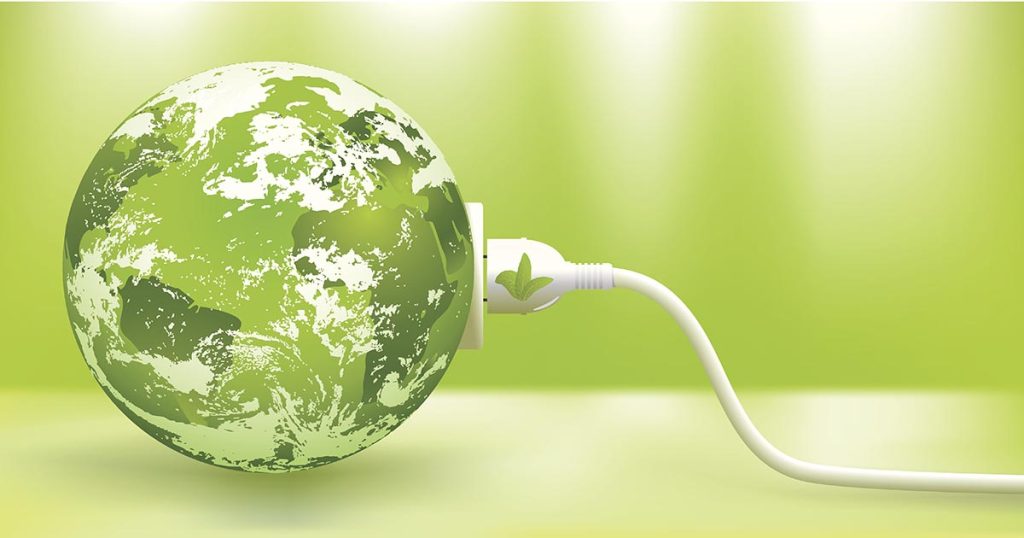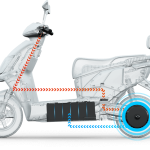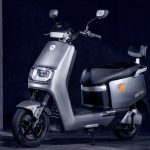Electric scooters are a fun and eco-friendly way to get around, but just like any vehicle, they require regular maintenance to ensure optimal performance, safety, and longevity. One crucial aspect of scooter care is maintaining proper tire air pressure.
Why Tire Pressure Matters:
- Safety: Correct tire pressure provides better grip on the road, reducing the risk of skids and accidents.
- Performance: Properly inflated tires roll smoother and require less energy from the motor, resulting in a longer range and better battery efficiency.
- Comfort: Underinflated tires absorb bumps less effectively, giving you a rougher ride.
Knowing Your Ideal Pressure:
Don’t rely on guesswork! The recommended tire pressure for your electric scooter is typically located in two places:
- Owner’s Manual: This is your definitive source for all things maintenance-related.
- Tire Sidewall: The recommended PSI (pounds per square inch) will be printed on the sidewall of your scooter’s tire.
Factors Affecting Pressure:
- Rider Weight: Heavier riders may need slightly higher pressure to maintain optimal performance. Refer to your manual for specific weight recommendations.
- Temperature: Tire pressure can fluctuate slightly with temperature changes.
Ideally, check pressure when the tires are cold (not ridden recently). Terrain: For smoother surfaces, you can stick to the manufacturer’s recommended pressure. If you plan to ride on rough terrain, you might consider slightly increasing the pressure for better stability.
Maintaining Proper Pressure:
Here’s a step-by-step guide to checking and adjusting your electric scooter’s tire pressure:
Tools You’ll Need:
- Tire Pressure Gauge: A reliable gauge specifically designed for bikes or scooters is ideal.
- Bicycle Pump: A good quality bike pump with a Presta or Schrader valve attachment (depending on your scooter’s tire valve type) will do the trick.
The Process:
- Locate the Valve: The valve stem will be protruding from the center of the wheel or along the rim’s edge.
- Unscrew the Valve Cap: Keep the cap safe, you’ll need it later.
- Attach the Pressure Gauge: Firmly press the gauge onto the valve stem until you hear a hissing sound (air escaping is normal). The gauge should display the current tire pressure.
- Inflate or Deflate as Needed: If the pressure is low, slowly add air with the pump, checking the gauge frequently to avoid overinflation. If the pressure is high, press the center pin on the valve stem to release air in short bursts.
- Reach the Recommended Pressure: Once the gauge reads the recommended PSI, remove the pump and re-attach the valve cap securely.
Checking Frequency:
- It’s recommended to check your tire pressure at least once a week, especially if you ride frequently.
- Before every long ride, it’s a good idea to double-check the pressure.
- If you notice your tires losing pressure rapidly, there might be a leak. Consult a professional to get the tire inspected and repaired if necessary.
Bonus Tip: Visual Tire Inspection
While maintaining proper air pressure is crucial, don’t forget to visually inspect your tires regularly. Look for any signs of damage, such as:
- Cuts, cracks, or bulges in the tire tread.
- Worn-down tread depth. The minimum tread depth is usually indicated by a wear bar on the tire.
- Foreign objects lodged in the tire that could cause punctures.
If you notice any of these issues, it’s important to get your tires replaced for safety reasons.
By following these tips and making tire maintenance a regular part of your routine, you can ensure your electric scooter runs smoothly, safely, and efficiently for miles to come!









